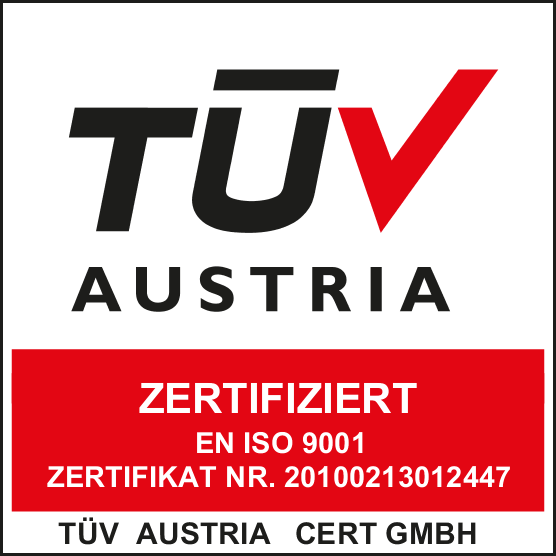Society is moving towards climate neutrality where ammonia fuelled combustion engines (NH3 - ICE) could be considered a main technology. These engines run on ammonia (NH3) so carbon-based emission are only present at a very low level from the lube oil. The most important pollutants NO and NO2 are caused by the exhaust aftertreatment system as well as CO2 coming from the ambient air. What challenges current emission measurement systems is measuring unburnt ammonia in high levels as well as high water content.
For standard measurement technologies these low levels of CO2 are hard to detect due to the high water content. Normal levels of CO2 are between 400-500 ppm which is very close or even below the detection limit of commonly used non-dispersive-infrared-detectors (NDIR). As well the high water content is very challenging for NOx measuring devices, like chemiluminescence detectors (CLD), where it results in higher noise and therefore a worse detection limit. Even for Fourier-transformed-infrared-spectroscopy-analysers (FT-IR) it is challenging to deal with water content over 15% without increased noise. In the past ammonia measurements in high levels were never requested so it this technology must be evaluated from new.
The goal of this study was to show that measuring low levels of CO2 and NOx as well as high levels of ammonia can be performed by FT-IR. Therefore, new calibrations are created, considering that water levels might be above 25 Vol%. These were first tested by calibration gases in wet and dry conditions. Afterwards a 2 - stroke single cylinder engine that is run on ammonia was used to generate real engine data. The FT-IR analyser was compared to theoretical data as well as against other analysers. Several steady-state points were performed as well as different load cycles.
The results show a large improvement in reducing the noise caused by high water and therefore a more accurate measurement at low concentrations. High ammonia readings can be achieved without any loss in accuracy and without any interference coming from water. Ongoing tests are performed to see if the calibrations can be further approved.

